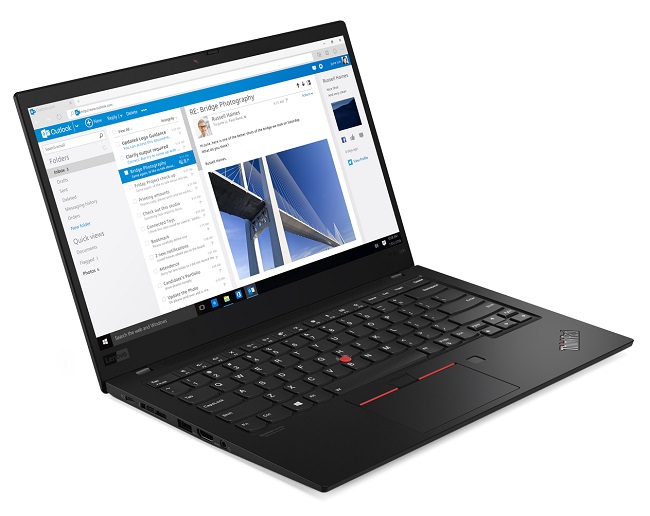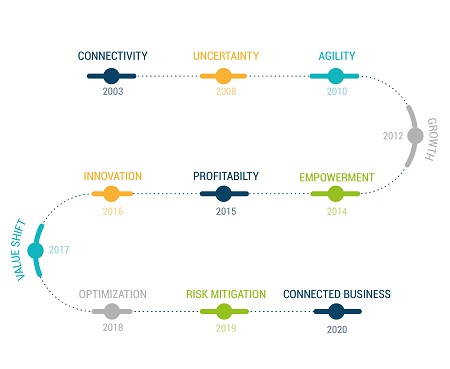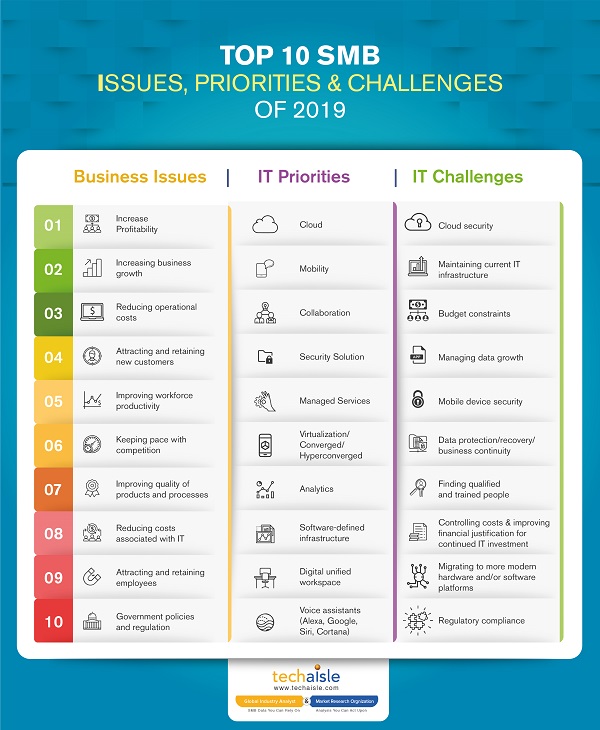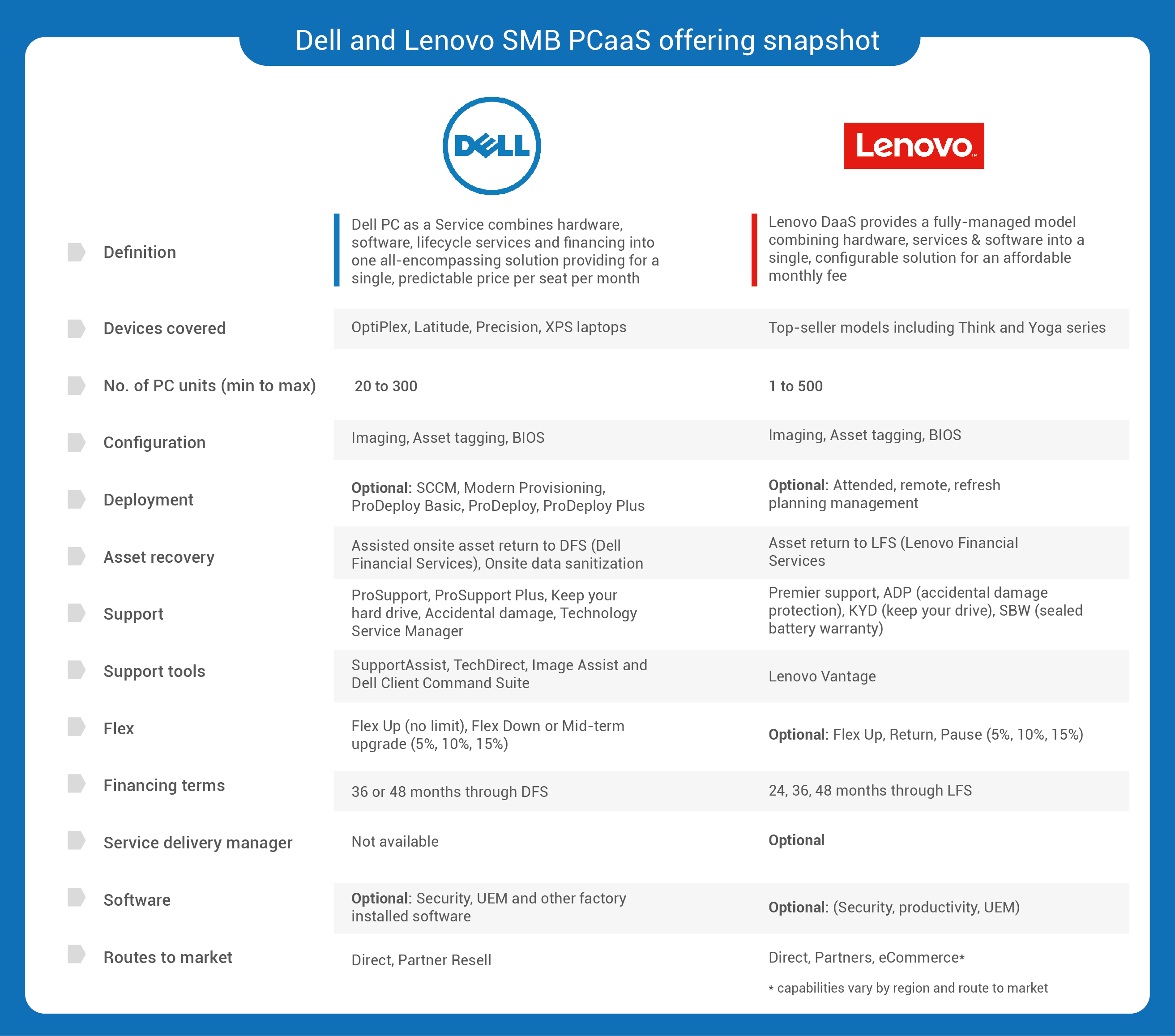I first used a ThinkPad in 1994 when I was with IDC in Hong Kong and had immediately taken a liking to the distinct red TrackPoint, color and feel of the laptop. I even had a docking station. It served me extremely well during my numerous overseas trips. In 1995, I switched to ThinkPad 701 with the butterfly keyboard. And when I accidentally placed my luggage on the laptop the shattered screen devasted me. I continued to use a ThinkPad till the time I joined Gartner which gave me a non-ThinkPad laptop. In my subsequent jobs I usually requested and received a ThinkPad from my workplaces.
Slightly more than a decade ago when I founded Techaisle I bought a Sony Vaio. It was a big mistake. Within a few months I switched to a ThinkPad Carbon. Why this obsession with ThinkPad? Quality, reliability, elegance.
Since early October I have been using Lenovo’s latest 7th Gen ThinkPad X1 Carbon. The minute I unboxed and picked-up the ThinkPad I realized I was holding a classic yet modern design. Everything from the sharply defined etched grey-red X1 logo on the chassis cover to the rubbery plastic carbon fiber weave with a textured pattern defies description. It is incredibly light, at 2.4 pounds and combined with a thin design at 0.58 inches (14.95mm) with no visible taper gives my shoulder-back combo a much-needed respite. I have found myself frequently using the leather ThinkPad X1 Ultra Sleeve (which delivers a premium feel to the X1 Carbon experience) without the need to carry a backpack when I am within a conference venue. The keyboard travel, although reduced to 1.5mm (from 1.7mm in previous models), to accommodate redefined thinness still provides familiar comfort and feedback for which ThinkPads are known for. The switched placement of Ctrl and Fn keys, as compared to most other keyboards and laptops, does throw me off.
The model that I am using is fully-configured with 16 GB RAM, 512 GB SSD, Intel core i7-8665U CPU 1.90GHz and UHD Graphics 620 with 3840 X 2160 display HDR400 with 500 nits brightness. Lenovo promises 18 hours of battery life for a lower resolution screen but the 4K screen that I am using obviously drains battery fast. Fortunately, Lenovo’s RapidCharge technology charges the X1 Carbon up to 80% within an hour. Lenovo’s “eye care” mode reduces blue light on the screen. Lenovo also has a PrivacyGuard but is not available for 4K screens. The screen does hinge 180 degrees to sit flat on a desk but I have never really found the need to use the capability.
A key evaluation criterion for me is a laptop’s ability to contribute and enhance productivity. The screen resolution enhances the experience for sifting through huge spreadsheets of analytical information, scrolling through rows of survey data, creating data-rich PowerPoint slides, reviewing infographics and working on Power BI dashboards. When I connect the ThinkPad to an external display (Dell UltraSharp 27 Monitor - U2719D) through Lenovo Thunderbolt™ 3 Dock, the productivity and experience are amplified.

ThinkVision M14 (sold separately) is a mobile display for on-the-go productivity. I usually bring it along with me. It easily connects through USB-C, provides a tremendous utility when working on my data spreadsheets and PowerPoints on the road. The ThinkVision M14 is only 0.4mm think and weighs next to nothing and easily slides into already crammed backpack space. And yes, I have also used ThinkVision M14 with a Dell XPS 13 and Dell Latitude 7390 2in1. Even my son has used it for his work and games and brought it with him during his travels.
I may be one of the few who still use the TrackPoint. Right above the touchpad are three mouse buttons to be used in conjunction with the TrackPoint which allow me to fully rest my fingers on the laptop itself without having to repeatedly lift my palms. Although I must say I miss the touchscreen in my ThinkPad X1 Carbon configuration (4K does not have touchscreen).
Lenovo Vantage, an app that keeps the device up and running and allows for custom settings, has grown in stature and capabilities substantially in the last one year. I have enabled WiFi security, Intelligent cooling with Quiet mode, battery charge threshold to prolong battery life and always-on USB to charge even when the computer is in sleep mode or off. To turn on WiFi security I had to enable location tracking, there seems to be no way around it. So far, it has worked well despite some occasional false notifications. The ThinkPad Carbon X1 is quiet and I rarely hear the fans spinning. I am the type of person when my iPhone battery drops to 70 percent, I look for an outlet to charge. Hence, enabling always-on USB has helped me keep my devices (iPhone, AirPods Pro, Bose headphones, Ultraportable Bluetooth speaker, backup power adapters and others) connected and charged. There are more than enough ports - 2 x USB-C, 2 x USB-A and 1 x HDMI - for my obsessive-compulsive need to keep all devices charged and connected.
Needless to say, collaboration is a key aspect of any work, especially in my job profile where most collaboration is video-enabled. Microsoft Teams, WebEx, Zoom, Hangouts and Go-to-meeting are most used. When I am not using headphones or portable Bluetooth speakers for conference calls, the 4 x 360-degree far-field microphones are useful. Nobody has complained to me so far about audio quality. The webcam has had no issues and the included camera shutter is a much-needed bonus as long as I remember to slide open or close.
I must confess that I have not setup Windows Hello - neither fingerprint nor facial recognition.
It is a mistake to compare ThinkPad X1 Carbon Gen 7 with a MacBook. Instead, it should be compared and contrasted with Dell Latitude 7400. But comparison is not the objective of my review. Both are well-positioned and have their defined target market segments. It is however important to note that PC is where work gets done. It is still the centerpiece of business productivity and buying a new laptop is likely to have a more significant impact on productivity than any other technology. Modern PCs deliver more than an incremental improvement in performance and features. ThinkPad X1 Carbon is a modern business laptop that embraces tradition and after so many years still defies description.















